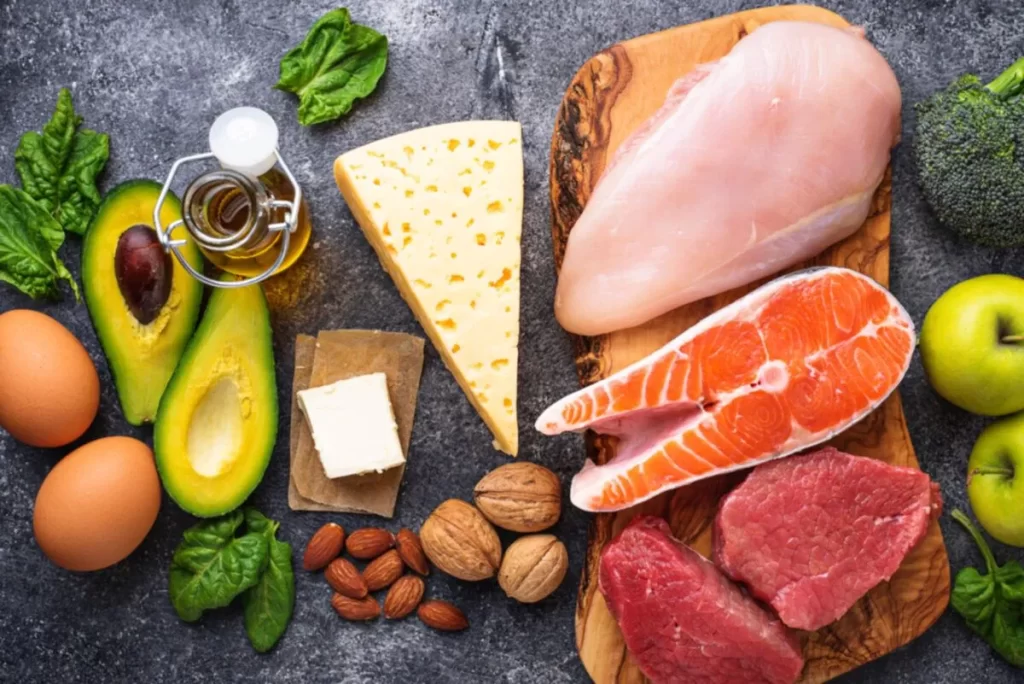“Demystifying Diets: Understanding the Role of Fats”
Dietary choices can often seem perplexing amidst the myriad of trends and fads. Particularly, our relationship with fatty foods has become intricate, with advice ranging from total elimination to embracing high-fat diets like Keto.
In reality, a judicious amount of fat is essential in any diet, provided it comes from the right sources.
Fat Storage in the Body Our bodies excel at storing fat, a crucial survival mechanism. This ability has been pivotal in human evolution, contributing to brain development and the endurance needed for extensive physical activities.
Fat serves as a vital fuel for most cells, supporting healthy muscle function and providing insulation for major organs like the heart, liver, kidneys, and brain. Additionally, fat aids in the absorption of fat-soluble vitamins (A, D, K, and E), ensuring their effective utilization.
Explore your daily vitamin requirements further in this straightforward guide.
Healthy Fat Sources Certain fats, labeled heart-healthy, contribute to overall well-being, skin health, and immune function. These fats can be sourced from olives, avocados, nuts, seeds, peanut butter, and oils like sesame, coconut, and olive oil. For non-vegans, fish, milk, and eggs also offer healthy fat options.
Fats to Exercise Caution With Some fats, particularly trans fats found in foods with partially hydrogenated vegetable oils, pose health risks, increasing inflammation and heart disease. These fats are prevalent in takeaways, fried foods, baked goods, and processed snacks.
While occasional indulgences are acceptable, it’s advisable to ensure that 90% of your fat intake is derived from wholesome, natural sources like those mentioned above for optimal health.

